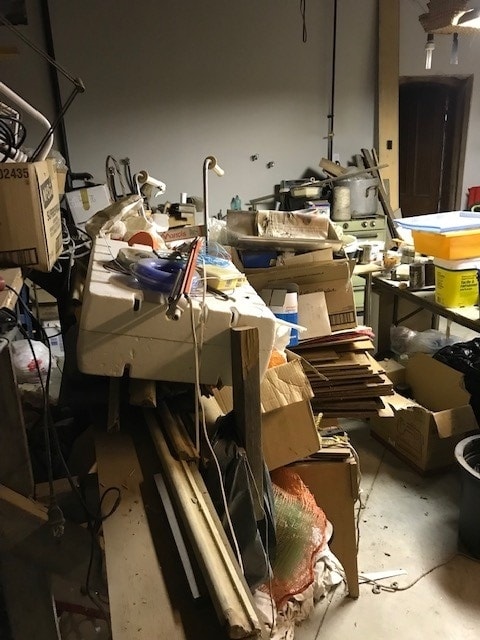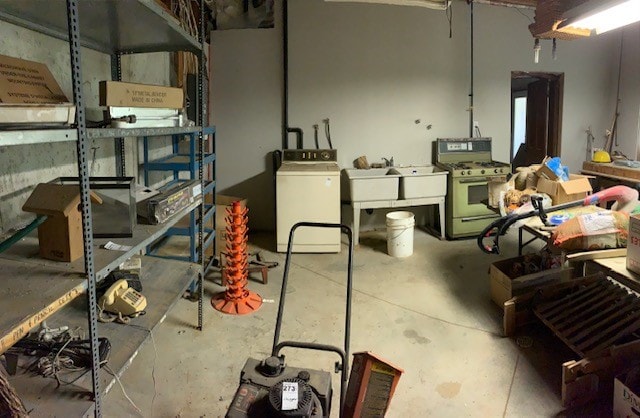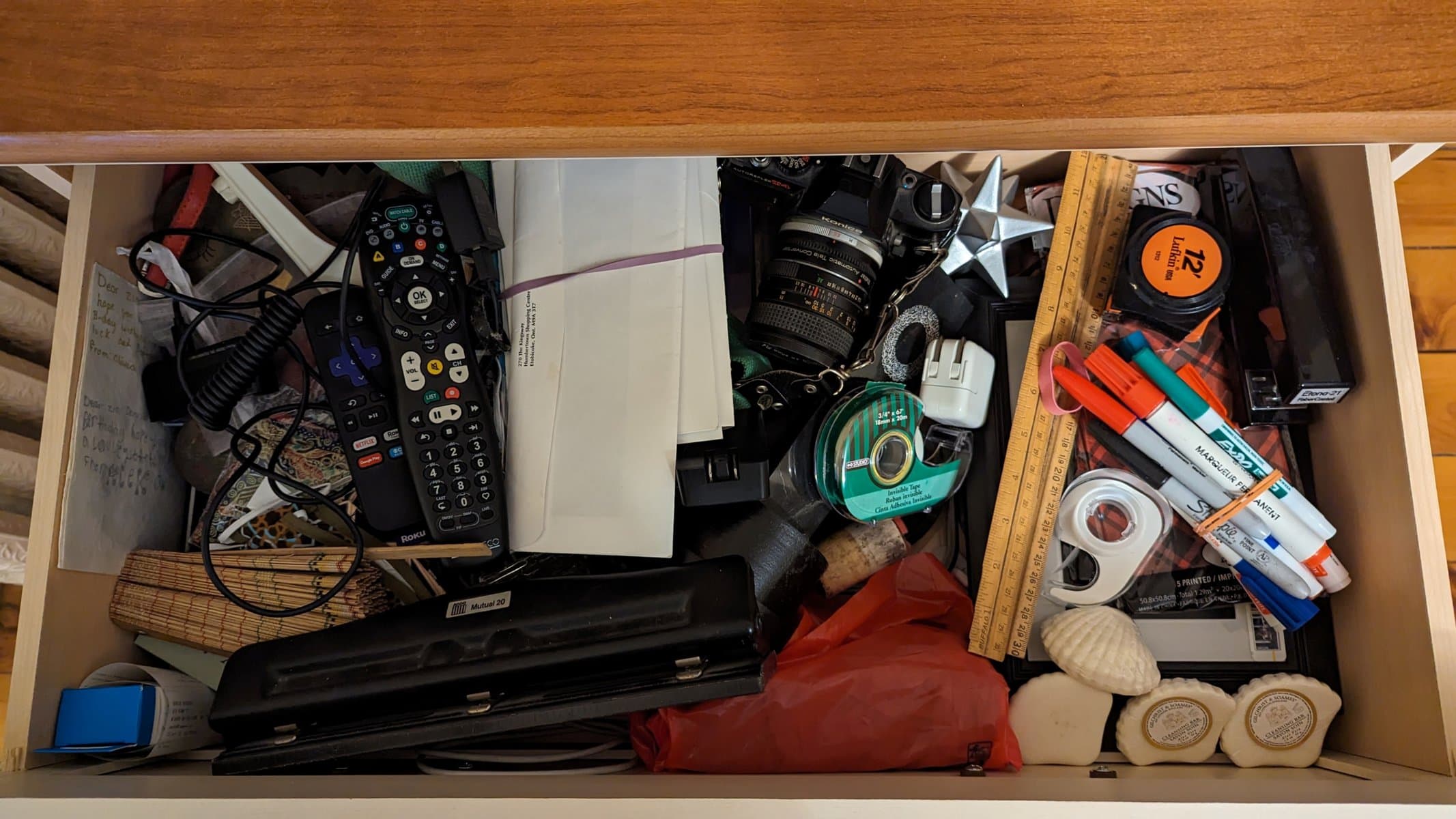From junk drawers to overstuffed basements, many of us have a lot of “stuff” we no longer need. This four-part series will help you deal with it and maybe give new life to old items.
The “death cleaning” we all must face is a daunting task.
Many of us are cavalier about not taking responsibility for our mess and figure our kids can look after it one day.
But is this something you want them to remember you by? Like wills, power-of-attorney papers and other legal documents, looking after our own belongings is the responsible thing to do.
Arlene Stephenson of “Downsizing Divas” suggests that if there is no urgency, then do the clearing out yourself.
Start small — but start. Now.
Clean out your purse or the one drawer or that closet in the hall.
“The key is to start one job and complete that one job. Be brutal, lose the guilt and learn to live your life with memories, not stuff,” Stephenson said in an interview.
Too often we start on the junk drawer, find a tool and go to the tool box to put it where it belongs.
Once in the tool box we find the box cutter that should be on the shelf in the basement.
Off we go to the basement and we decide the shelf should be tidied. Now we have three projects on the go and nothing gets completed.
So, start and finish that one drawer. Once the drawer is cleared, then and only then, should you put away other items.
Stephenson also advises that if you just need to clear out the garage or the basement, set a schedule, stick to it and don’t become distracted.
The work bench or the china cabinets are two examples of why you must look at your things with a critical eye.
When was the last time you used that power tool? Will you ever be serving a 12-course dinner again?
If your children do not want these items, then it is time to let them go. If they do want them, they must take them immediately.
Otherwise you become a caretaker of their stuff.
Stephenson suggests you make four categories for all your belongings: items to keep, things for the garbage, things to donate and finally items to sell.
However, the question of “What if I need that after I have disposed of it?” is real.
“Consider this,” Stephenson said. “Should you get rid of 10 items and then realize you needed to keep one, then go buy that one. Smile because you did get rid of nine items that were not needed.”
Consigning items to the garbage might sound easy but, truthfully, it is hard work.
Broken furniture, hazardous waste, mattresses, broken appliances all require specific disposal. And those 35 pillows you thought might be useful one day are in fact garbage; no one wants your old, used pillows.
The region will pick up large items. Just call with two working days’ notice and advise them what will be at the curb on your garbage collection day.
Check the Niagara Region website to get a list of what they will pick up.
Larger furniture, if not worn or broken, is accepted by Habitat For Humanity Niagara’s ReStore on Bunting Road in St. Catharines.
Habitat will take many items, even kitchen cabinets, and it also will arrange to pick up larger pieces for free.
Hazardous waste must be taken to specific locations and not put in your regular garbage. Check the region’s website for locations and what items are accepted. (There is no charge.)
Automotive parts and tires can be taken to most auto recycling yards. Rubber tire recycling is quite profitable and many of these companies are glad to take the tires off your hands.
That cabinet full of prescription drugs as well as any over-the-counter medications can be taken to your local pharmacy.
Do not flush them down the toilet as those chemicals will eventually end up in our water system. While you are bagging up the drugs for the pharmacy, consider taking all those old reading glasses along as well.
If there is a huge amount of garbage, more than you can manage in a timely fashion, then consider ordering up a small bin to be dropped in your driveway. You will be very relieved when that full bin is taken away.
The goal of using garbage as a clearing-out method is to really look at what you have and recognize that not everything is a treasure or salvageable.
Remember, you are cleaning up your mess so that others are not burdened with the task.
Next: Donate items to charities so others will benefit.














